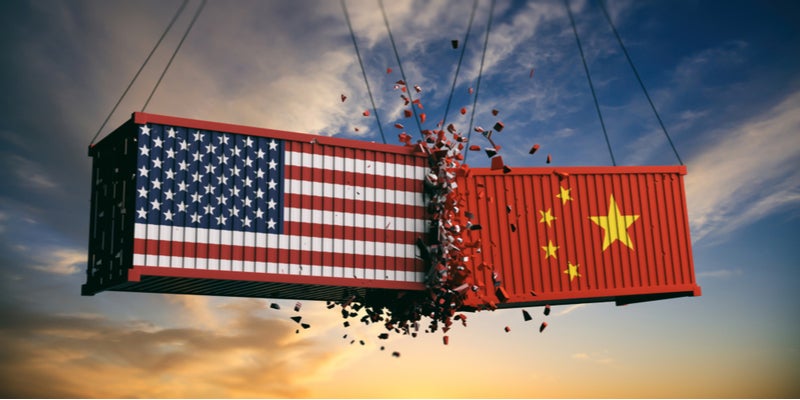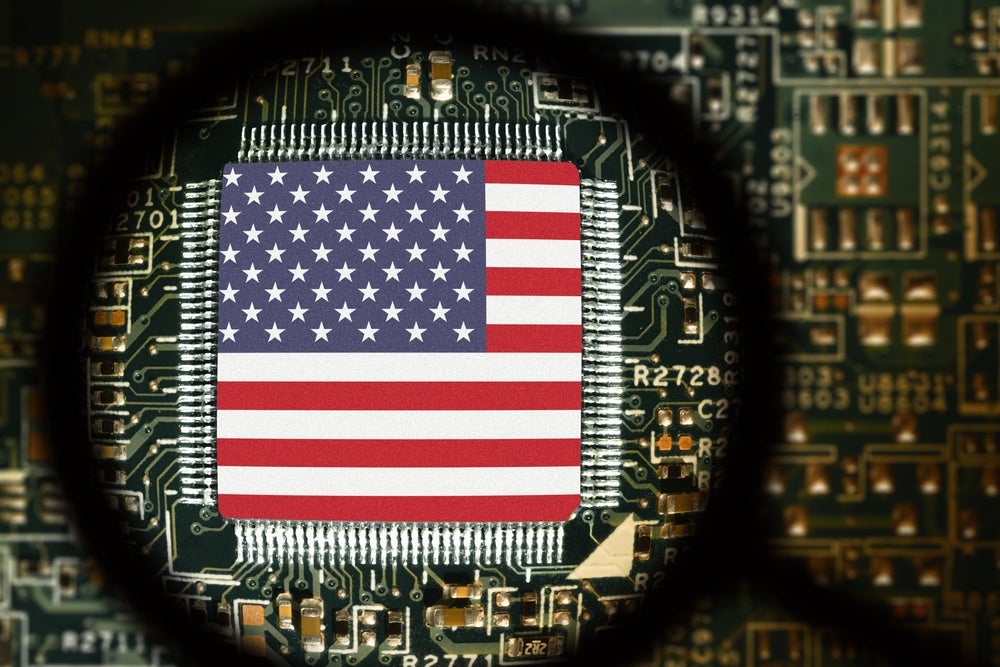Geopolitical events are causing significant consternation across the IT sector, but with some careful planning and burden sharing, weathering the storm may be possible for key industry players.
US-China trade war impact on technology
With new tariffs being applied on imported goods in China and the US, significant impacts on service providers, vendors and customers are to be expected as pending and future IT deals hang in the balance.
The technology industry has a complex international supply chain, with US and Chinese companies using components and intellectual property made or owned by one another. Component price increases will lead to sharp increases in product costs and these increases will slow or stall deals as customers take a wait-and-see approach in the hope that issues are resolved in the not-too-distant future.
But in the short term, vendors will need to take a view about what to do about price increases, and here there is an opportunity for vendors to forge a stronger bond with their customers by splitting the extra cost between their margins and the customer.
Vendors should be upfront with customers about splitting price increases as a gesture of sharing an unexpected burden and of showing common cause.
While vendors could pass the entirety of the extra costs on to their customers, that would gain no goodwill, and if anything might put a strain on the relationship. By taking a ‘we’re all in this together’ approach, vendors can earn goodwill and minimise the number of stalled deals or outright cancellations.
For service providers, this stance may be even easier to take, as there is no direct relationship between the cost of equipment and the cost of services provided to customers (other than equipment sales directly to the enterprise). Service providers have more flexibility in helping customers during this time.
Customers should continue with their current plans while locking-in prices as quickly as possible. They should also inquire about price increases and how soon this may happen and they would be advised to measure their relationship with vendors, or service providers, based on how much burden sharing goes on. However, customers cannot expect vendors to solely absorb the increased costs and should be prepared to pay increased prices. Customers who have big plans and who cannot lock-in current pricing should consider delaying until a clear pricing picture emerges.
If tariffs and company sanctions are prolonged, vendors will need to find sources of components that are not affected by the tariff. In some situations, actions such as in-house development of chipsets could be initiated by the largest telecom suppliers to sure up their supply chain.
Changing suppliers might not even be possible for some components. Vendors, service providers and customers should review their projects and spending plans for the year and make sure contingencies are in place.
The single biggest thing that customers, vendors and service providers can do is to not take precipitous action. Calm planning and alertness to changes as they occur is the key to navigating this storm.
We are taking no stance on the appropriateness of the sanctions and tariffs imposed by the governments of the US and China. We also make no predictions on the length and extent in which tariffs and company sanctions will apply. We will only comment on the impact this will have for vendors, service providers and customers.








